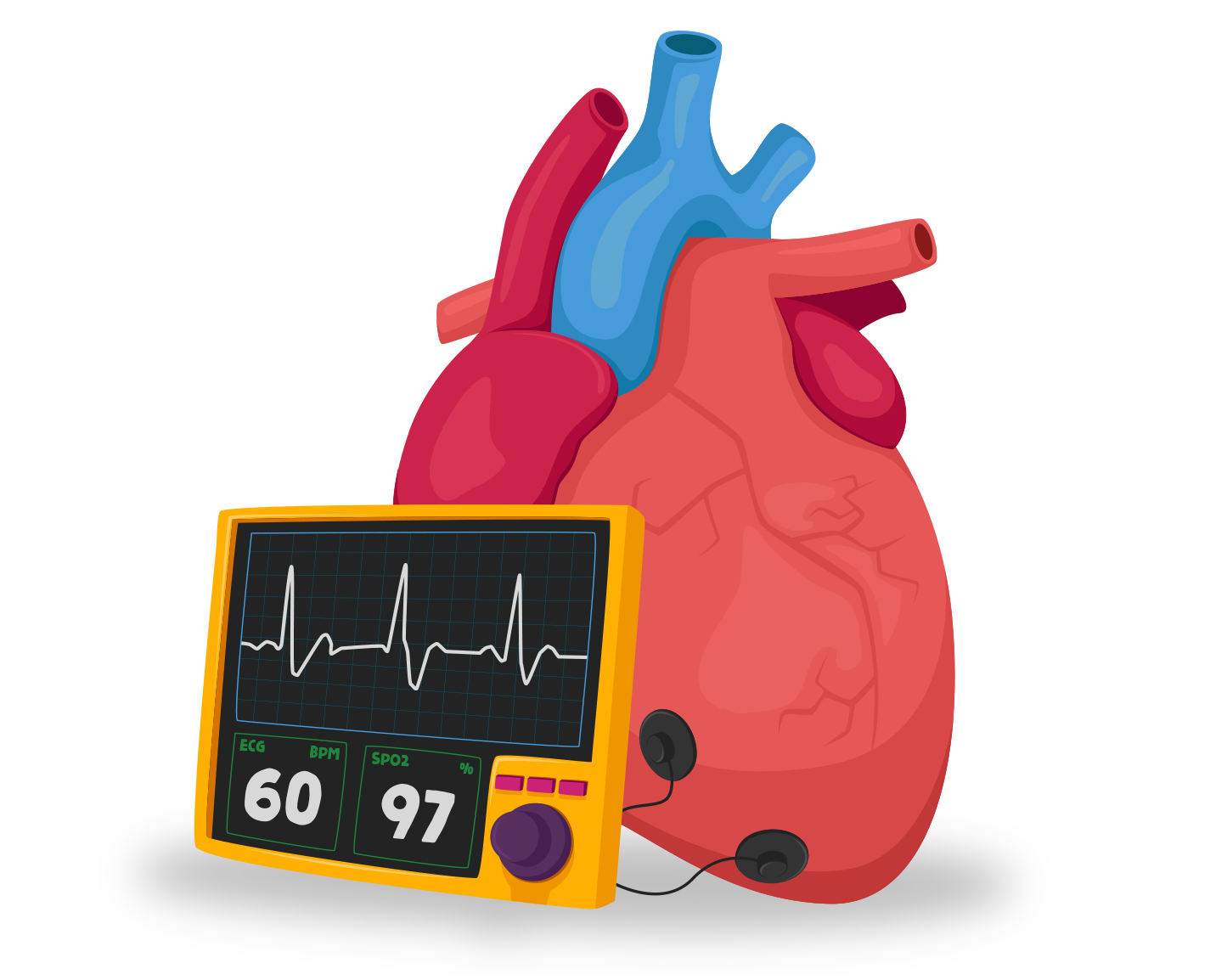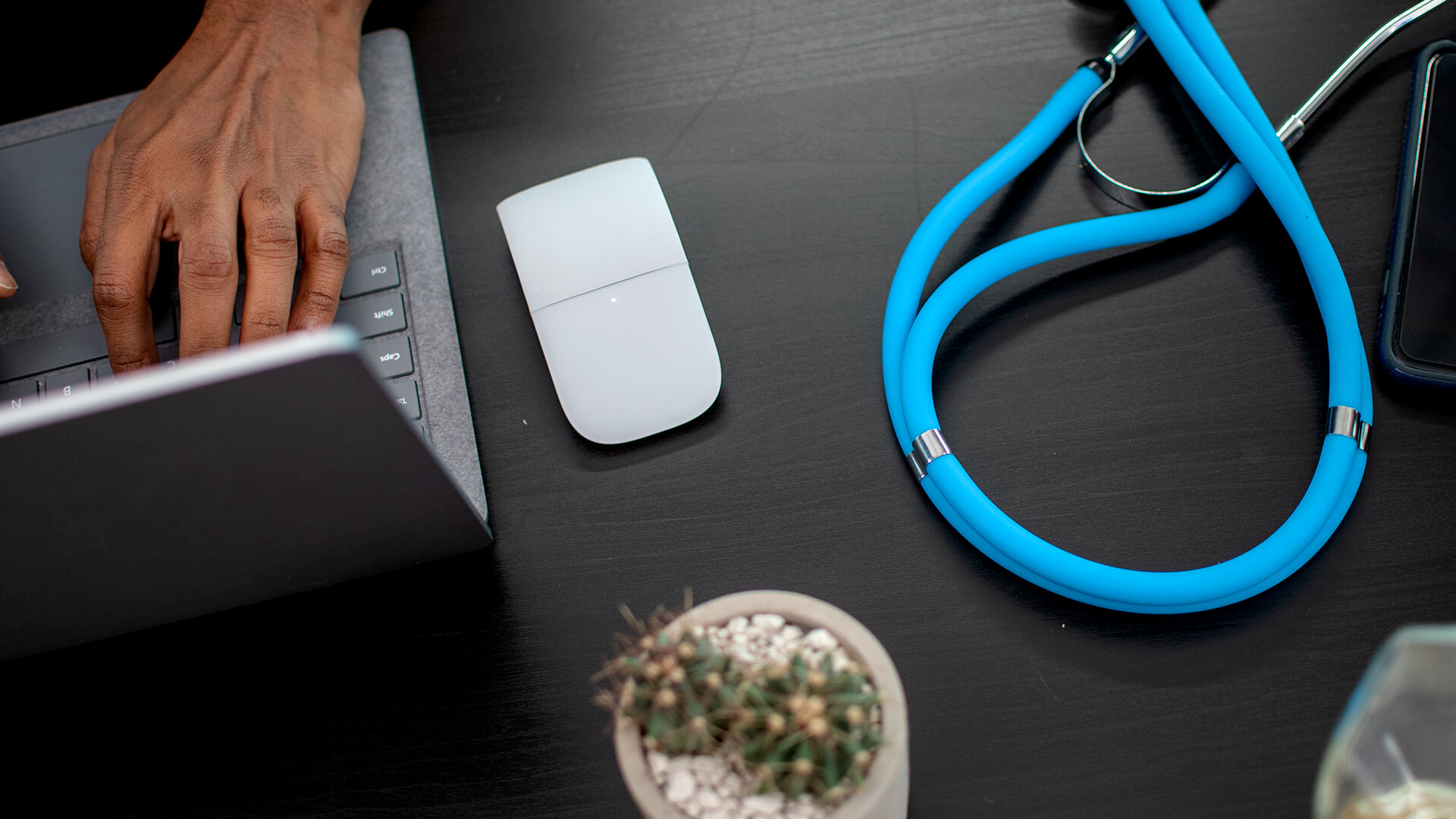How it works
With AdvancedMD RPM integrations, the process of getting patient data into your system in a format that you can use to monitor health and submit for reimbursement is simple. You set up any necessary enrollment information with one of our RPM provider partners. Then you enroll patients in the RPM program. Our partner ships the devices (often at no cost to you or the patient), and information immediately starts getting tracked and transmitted.
As data arrives, information is instantly transmitted to the patient’s chart. Your clinical team reviews information as it comes in, looks for trends and ensures the patient is complying with their care plan. If you see something that could indicate a problem or a risk, your team can reach out to the patient to schedule a virtual visit or an in-person clinical visit to review the data. This proactive outreach helps you keep patients out of the emergency room, an expensive and inefficient care touch point.
Constant, sustainable revenue from remote patient monitoring
RPM offers clinics a long-term, ongoing source of revenue related to patient care. CMS recently expanded the types of remote patient monitoring care that qualifies for reimbursement. With AdvancedMD, the information transfers seamlessly from the patient’s chart into your medical coding and billing software so you can bill for all applicable services that fall into RPM. As data comes in from the patient’s RPM devices, the provider can see that information in the EHR, chart and add any notes or other information, then transmit it to the coding and billing team to submit for reimbursement.
- AdvancedMD EHR matches provider accounts from the RPM system
- The seamless integrations connect patient accounts securely from the external RPM system to your patient charts in AdvancedMD
- All the applicable CPT codes for RPM activities are automatically matched with specific activities as the information comes in from patients’ devices
- AdvancedMD suggests diagnostic codes to help you generate accurate claims
RPM is an efficient way to capture revenue every month without adding any more patient appointments or attracting any new patients to your practice. When you use AdvancedMD for your RPM integrations, you also don’t have to add extensive computer work to capture the revenue, since the information transfers instantly from the patient’s device to the EHR. When it’s ready for billing, the data transfers instantly to your coding and billing team for claims submission.





